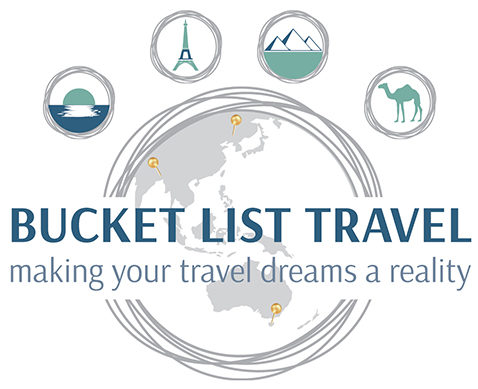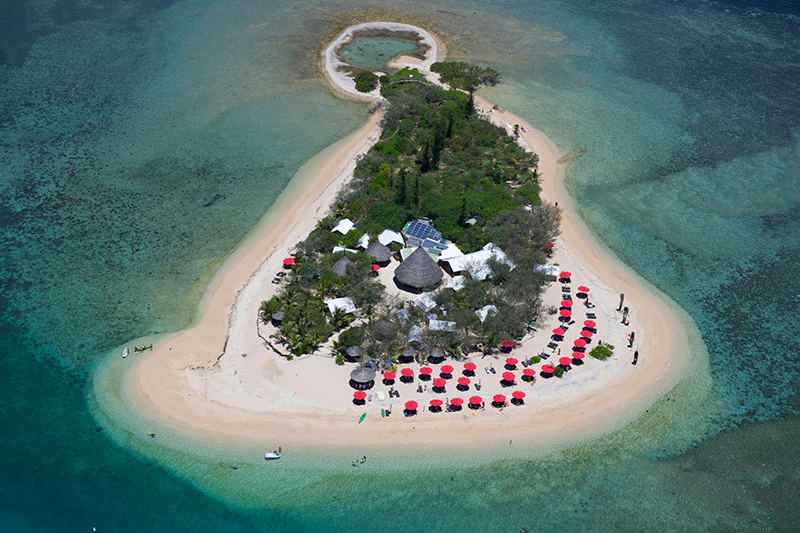A South Pacific experience like no other
Just a 3-hour direct flight from Auckland, New Caledonia is a South Pacific experience like no other. Myself and my colleague Cathy where lucky enough to explore this magical South Pacific Island at the end of last year and wow did it impress! Now when I think of New Caledonia, I think of the amazing food we enjoyed, swimming with turtles, the warmth and sunshine, cheese, wine, french bakeries, white sandy beaches and adventure.
While New Caledonia has had a reputation for being an expensive tourist destination, I was pleasantly surprised and found it very cost comparable to any other South Pacific destination.
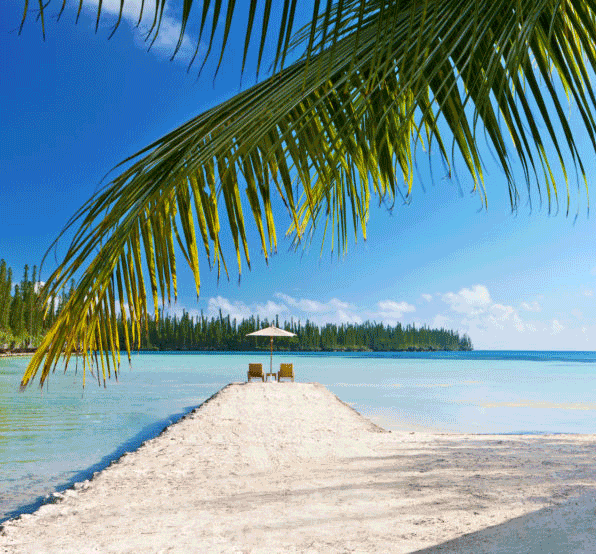
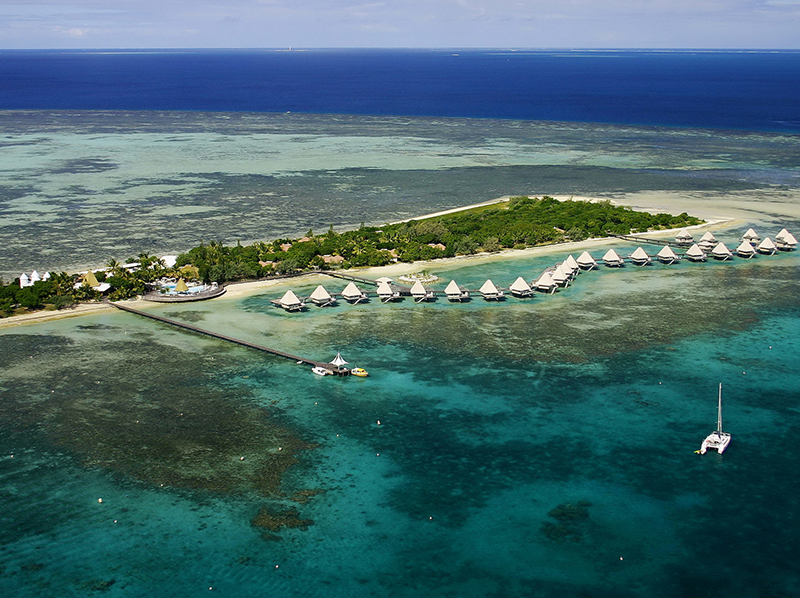
BONJOUR!
New Caledonia is New Zealand’s closest French Pacific neighbour, making it an ideal destination for travellers looking for a holiday with a difference, without the distance.
Blessed with stunning natural wonders including the largest lagoon in the world; a UNESCO World Heritage Listed site, the second largest reef in the world and a unique blend of French and Melanesian cultures, New Caledonia is like nowhere else.
As one of the largest destinations in the South Pacific, New Caledonia offers a huge variety of venues, accommodation, facilities, services, sights and activities. Plus the contrast between the cosmopolitan city of Nouméa and the rugged North and the raw beauty of the Loyalty Islands, offer an unbelievable diversity of scenery and experiences to be discovered.
New Caledonia is home of the world’s largest marine park
A sanctuary for sharks, whales and turtles, New Caledonia is famously home to the world’s third-largest population of dugong, the last remaining marine mammal that eats strictly plants. In addition, New Caledonia boasts one of the world’s largest lagoons at 24,000 square kilometers (over 9,000 square miles), circled by the longest coral reef at 1,600 kilometers (618 miles). For local people, the lagoon provides their daily fish and coastal protection, and is vital to their unique traditions, many of which date back thousands of years.
New Caledonia’s quarter of a million people depend on healthy ecosystems for their fresh water, food and livelihoods – especially because the territory’s main source of income, nickel mining, will run out one day. Ecotourism and improved management of the island’s marine resources could fuel a sustainable economy in the future.
Fast Facts
Climate
New Caledonia enjoys a sub-tropical climate year-round, with maximum temperatures averaging between 25°C and 30°C in the warm season from September to March, and between 20°C and 23°C in the cooler months from April to August. Trade winds and occasional cool evenings may require warmer clothes. Rainfall generally passes quickly, although can come in heavy downpours. Sea temperatures in the lagoon range from 21°C to 28°C.
Currency
The local currency is the French Pacific Franc (XPF), pegged at a fixed exchange rate to the Euro. ATM machines are common throughout Noumea and larger towns. Credit cards and some debit cards are widely accepted. Currency exchange bureaux are located at airports and shopping districts, and an American Express office is located on Bis Avenue.
Visas + passports
Visas are not required for New Zealand or European Union passport holders for stays of up to three months. A passport with at least six months validity and an onward or return air ticket are required upon entry.
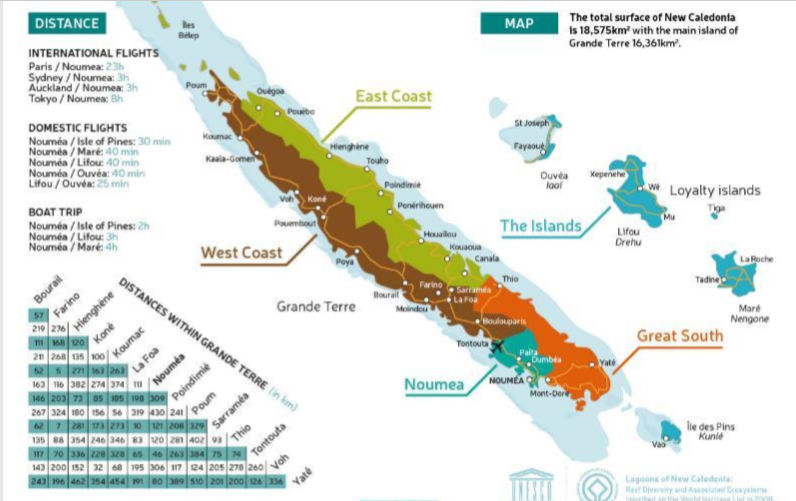
Language
French is the official language. There are about 30 Kanak dialects; however these are spoken only in villages and remoter areas. English-speaking staff is common in hotels, resorts, main restaurants and as tour guides, although it is recommended that visitors learn French greetings and basic phrases.
Health
No vaccinations are necessary to visit New Caledonia and it is free of all other tropical diseases including malaria. Visitors should, however, take precautions against mosquitoes. Noumea offers western-standard medical facilities and emergency air transfers to New Zealand for the most serious of cases. Tap water is safe to drink and bottled water is readily available.
Clothing
Casual dress is common by day and in resorts and hotels, although in upmarket hotels guests dress more formally for dining. Light summer clothes are appropriate. Warmer clothes should be taken during cooler months and in case of cool evenings or trade winds.
